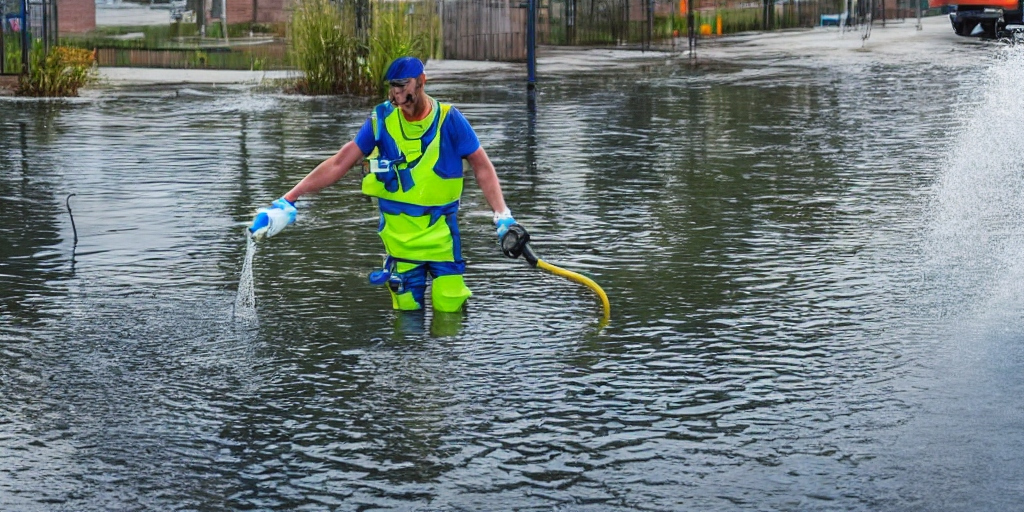Introduction
Water damage can wreak havoc on your property, causing structural issues, mold growth, and health hazards if left untreated. When faced with a water leak, immediate action is crucial to mitigate the damage and restore your property to its pre-loss condition. In this comprehensive guide, we’ll delve into the essential steps of water leak restoration, including what to do immediately after water damage, the difference between remediation and restoration, effective drying techniques, and the distinction between water mitigation and water damage restoration.
Section 1: Immediate Actions After Water Damage
The first moments after discovering a water leak are critical. Acting swiftly can minimize the extent of damage and prevent further complications. Here’s what you should do:
- Turn Off the Water Source: Locate the source of the leak and shut off the water supply to prevent additional water from entering your property.
- Assess the Damage: Quickly assess the extent of the water damage and identify affected areas such as walls, floors, and furniture.
- Remove Excess Water: Use towels, mops, or a wet/dry vacuum to remove standing water from the affected areas.
- Move Valuables to a Dry Area: Safeguard important belongings by moving them to a dry and unaffected area of your home.
- Contact a Professional Restoration Company: Reach out to a certified water leak restoration company for immediate assistance and expert guidance.
Also Read: Basement Water Damage Cleanup: Essential Steps to Restore Your Space
Section 2: Understanding Remediation vs. Restoration
Many homeowners confuse the terms “remediation” and “restoration.” Let’s clarify their meanings:
- Remediation: Remediation involves the initial steps taken to mitigate further damage after a water leak. This includes drying out the affected area, removing damaged materials, and preventing mold growth.
- Restoration: Restoration, on the other hand, focuses on fully restoring the property to its pre-damaged state. This encompasses repairing structural damage, replacing damaged materials, and restoring the aesthetic appeal of the affected areas.
Section 3: Drying Out After a Water Leak
Proper drying techniques are crucial for preventing mold growth and ensuring thorough water leak restoration. Here are some effective drying methods:
- Use Dehumidifiers and Fans: Set up dehumidifiers and fans to promote air circulation and expedite the drying process.
- Open Windows and Doors: Increase ventilation by opening windows and doors, weather permitting, to facilitate evaporation.
- Remove Wet Materials: Remove saturated carpets, rugs, and upholstery to prevent mold growth and aid in drying out the space.
- Monitor Moisture Levels: Regularly monitor moisture levels using a moisture meter to ensure that the affected areas are thoroughly dried.
Section 4: Water Mitigation vs. Water Damage Restoration

Understanding the difference between water mitigation and water damage restoration is essential for effective recovery:
- Water Mitigation: Water mitigation focuses on immediate actions taken to reduce the severity of water damage, such as extracting water, drying out the property, and preventing further damage.
- Water Damage Restoration: Water damage restoration involves comprehensive repairs and renovations to restore the property to its pre-loss condition. This includes structural repairs, mold remediation, and rebuilding damaged areas.
Also Read: Basement Water Damage Cleanup: Tips to Restore Your Space
Conclusion
Timely and efficient water leak restoration is crucial for mitigating damage, protecting your property, and restoring peace of mind. By following the steps outlined in this guide and seeking professional assistance when needed, you can navigate the restoration process effectively and ensure a successful recovery. Don’t delay—act promptly to address water damage and safeguard your home for years to come.










